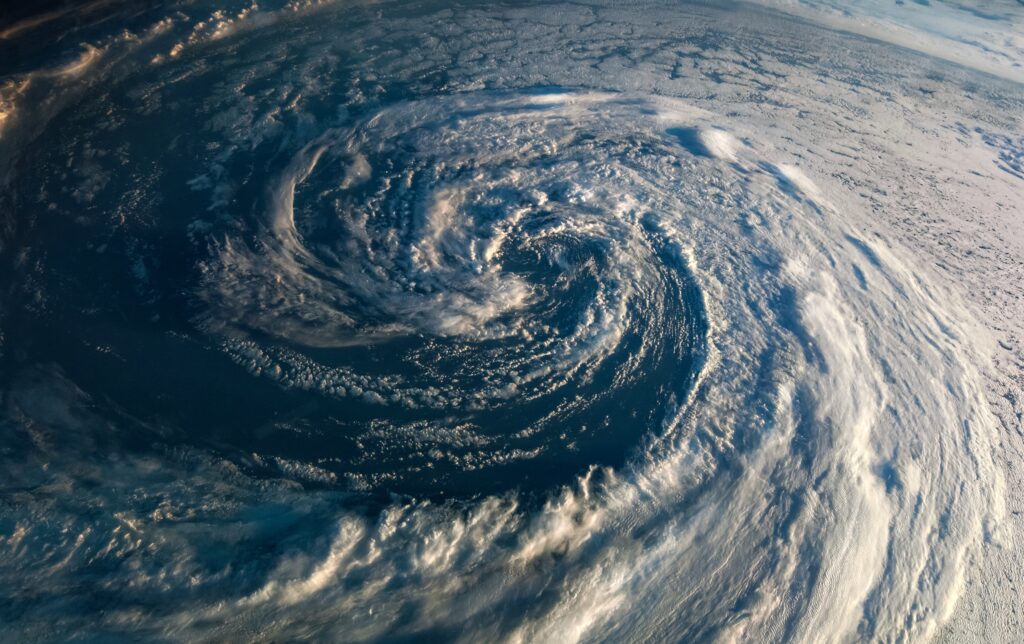Hurricane Melissa struck eastern Cuba early Wednesday with winds reaching 193 kilometers per hour. The Category 3 storm made landfall near Chivirico in Santiago de Cuba province after tearing through Jamaica as one of the strongest Atlantic hurricanes ever recorded.
Cuban President Miguel Díaz-Canel confirmed that more than half a million people had been evacuated. Officials expect widespread destruction across Santiago de Cuba and nearby regions. Meteorologists predicted storm surges up to 3.6 meters and rainfall of up to 51 centimeters in parts of eastern Cuba.
Melissa was forecast to cross the island throughout the morning before moving toward the Bahamas later on Wednesday. U.S. forecasters warned that intense rainfall could trigger deadly floods and multiple landslides. A hurricane watch remained active for Bermuda.
Storm Threatens to Deepen Cuba’s Economic Struggles
The hurricane’s impact could worsen Cuba’s ongoing economic crisis, already marked by severe shortages of food, fuel, and electricity. In a televised address, President Díaz-Canel assured citizens that the government would “spare no resources to protect lives.”
“There will be a lot of work to do, and we know there will be a lot of damage,” he said. The president urged residents not to underestimate Melissa’s power, calling it “the strongest hurricane ever to hit national territory.”
Authorities suspended classes from Guantánamo to Camagüey ahead of the storm’s arrival. Officials also deployed emergency response teams to assist communities expected to suffer the heaviest damage.
As shelters filled across eastern Cuba, the government emphasized that no one would be left without protection.
Jamaica Begins Cleanup After Widespread Devastation
While Cuba faced the hurricane’s fury, Jamaica began assessing the destruction left in its wake. Officials reported severe flooding in Clarendon and St. Elizabeth, where entire communities remained underwater.
Deputy Disaster Risk Management Council chairman Desmond McKenzie confirmed that four hospitals suffered damage, with one losing power and forcing the evacuation of 75 patients. Over half a million customers remained without electricity as crews worked to clear fallen trees and power lines.
Government officials plan to reopen all Jamaican airports by Thursday to speed up relief operations and deliver emergency supplies to affected areas.
Hurricane Melissa has already caused seven confirmed deaths across the Caribbean — three in Jamaica, three in Haiti, and one in the Dominican Republic — with another person still missing.
As the storm moves north, regional authorities brace for more destruction, while communities across the Caribbean begin the long task of rebuilding what Melissa left behind.



